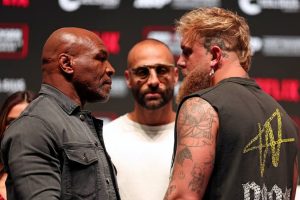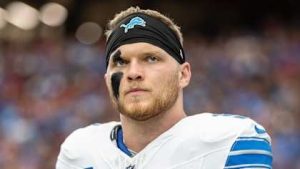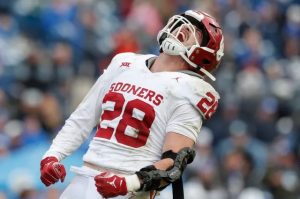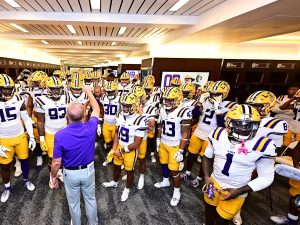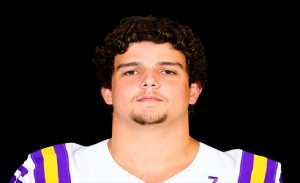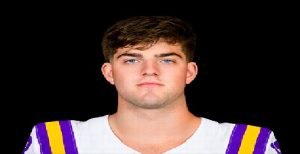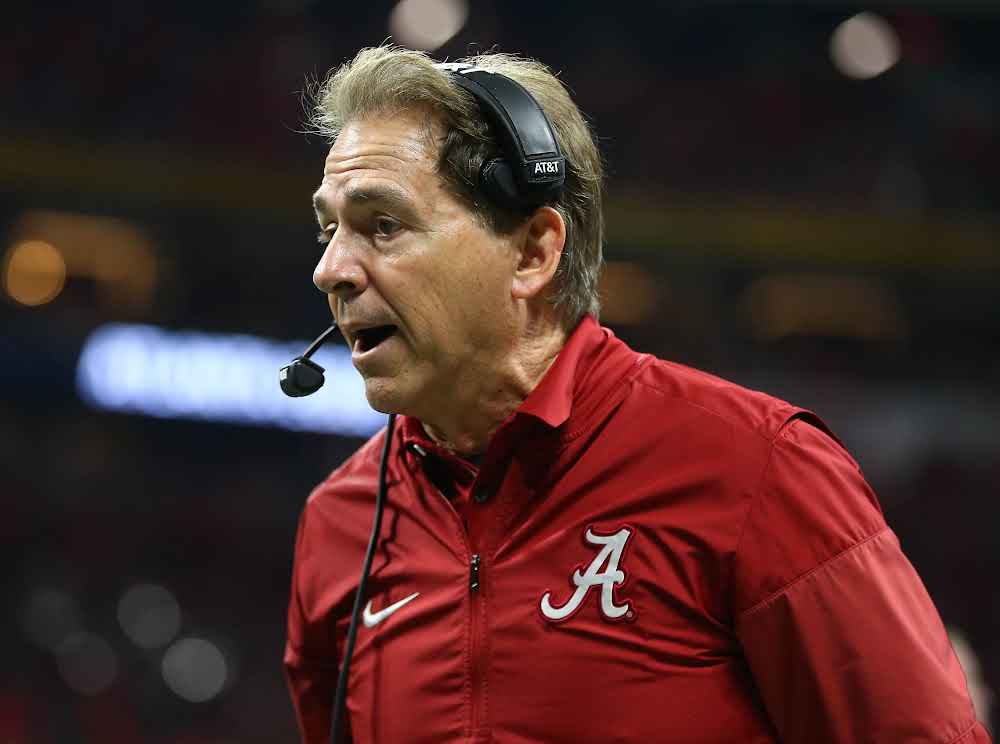
Too early Heisman Trophy candidates for 2024
With his name on 90% of the ballots, LSU quarterback Jayden Daniels won the 89th Heisman Trophy on Saturday night in New York.
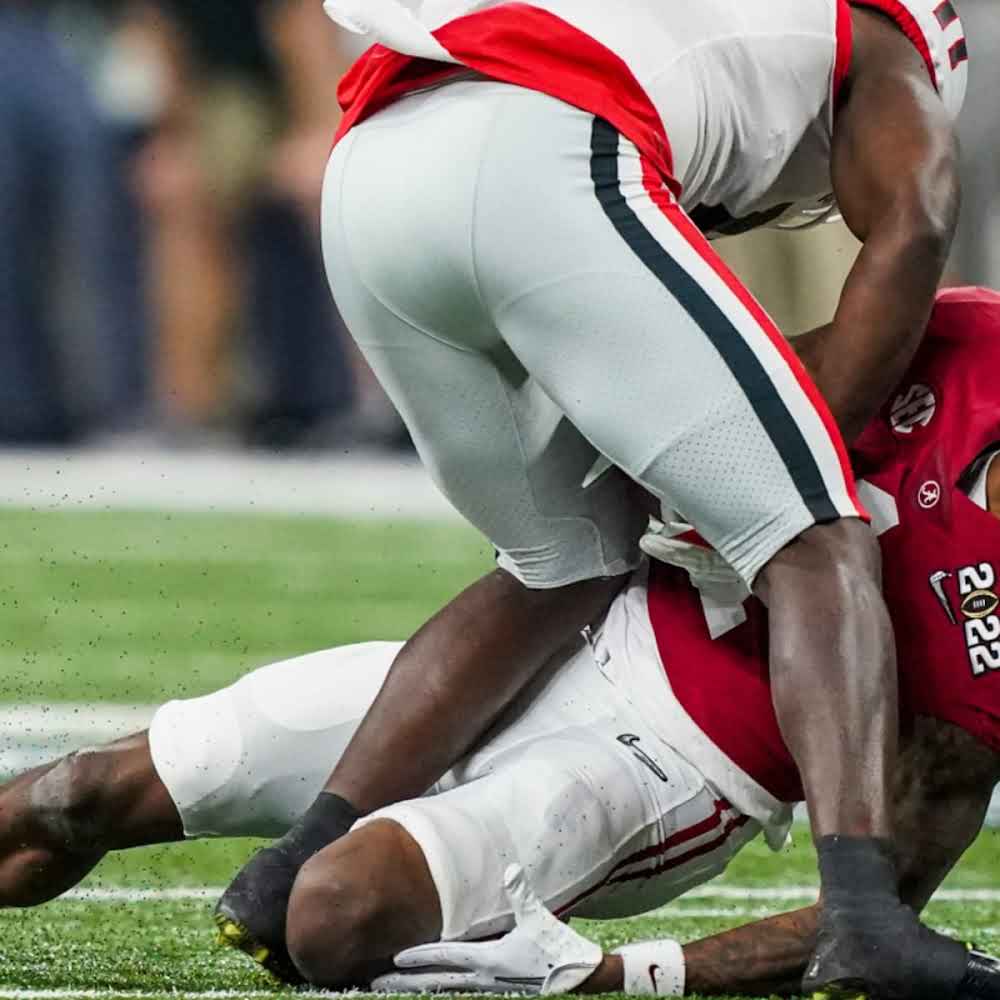
Who are the top candidates in 2024, given that Daniels and the other finalists Marvin Harrison Jr. of Ohio State, Bo Nix of Oregon, and Michael Penix Jr. of Washington are anticipated to join the NFL following this season?
Will it be a quarterback returning from injury, like Quinn Ewers of Texas or Jalen Milroe of Alabama? Or an abruptly awakened sleeper? Or an athlete making their way to a new school?
These are the leading candidates for the 2024 Heisman Trophy:
After being benched following the Crimson Tide’s Week 2 home loss to Texas, quarterback Jake Milroe reclaimed the starting job and guided the team to yet another SEC title and CFP berth. He possesses a unique combination of size (6-foot-2, 220 pounds), arm strength, and speed. Throughout the 2024 season, he improved as a pocket passer. In Year 2, Milroe ought to continue to thrive in offensive coordinator Tommy Rees’ scheme.
Gordon didn’t carry the Cowboys’ offense until the fourth game, and once it did, the sophomore had six straight games with 100 rushing yards or more. Gordon had 271 and 282 yards in back-to-back wins over West Virginia and Cincinnati. During the regular season, he was No. 2 with 20 rushing touchdowns and led the FBS with 1,614 rushing yards.
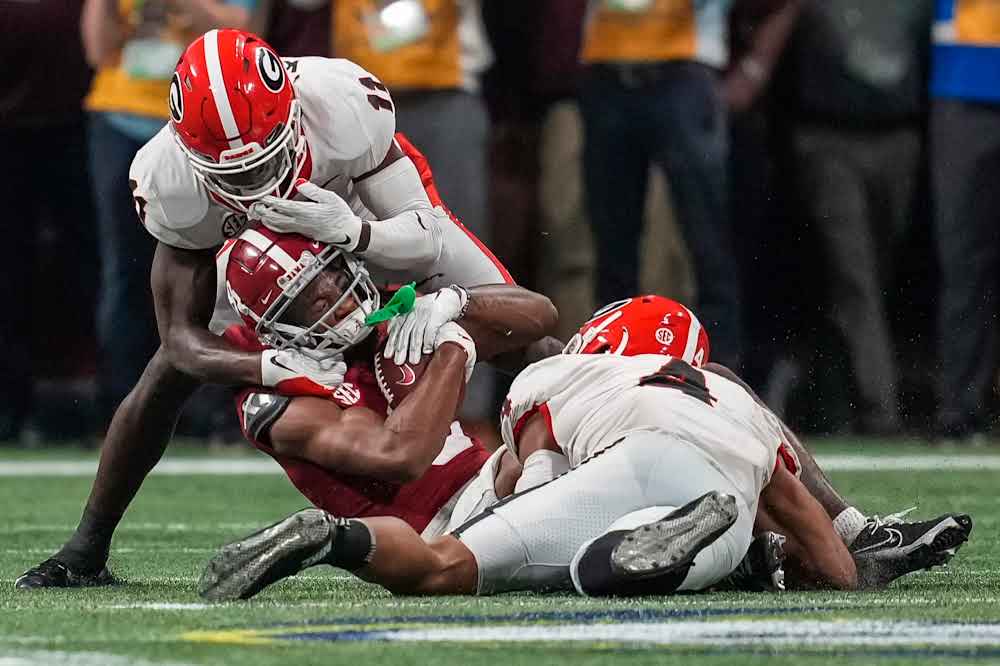
In the end, Ewers was the quarterback who helped Texas return to the pinnacle of the game. If he makes his anticipated comeback in 2024, the Longhorns might be right back in the mix. During the previous campaign, Ewers completed 70.7% of his passes for 3,161 yards and 21 touchdowns against six interceptions in 11 games. Ewers threw for 452 yards and four touchdowns in the Big 12 championship game against Oklahoma State, winning 49–21. If Jonathan Brooks, a Texas tailback with 1,139 yards and 10 touchdowns, recovers from his torn ACL and decides not to enter the NFL draft, he could be another contender.
It’s uncertain if Sanders will play for his father, Deion, again next season because he is regarded as a possible first-round pick in the NFL draft. Playing behind a terrible offensive line the previous season, Sanders demonstrated a great deal of bravery by throwing for 3,230 yards, 27 touchdowns, and three interceptions. Should he return to school and the Buffaloes manage to secure some protection, he could potentially compete for the Heisman Trophy and be selected as the top pick in the 2025 NFL Draft.
With coach Lane Kiffin’s offense, the former USC quarterback has revitalized his career and guided the Rebels to a 10-2 record and a Chick-fil-A Peach Bowl berth. This past season, he completed 2,985 yards of passing for 20 touchdowns and five interceptions. He threw 11 picks in 2022 and after that made much better decisions. In addition, Dart ran for 377 yards and seven touchdowns. Quinshon Judkins, a tailback who finished 2023 with 1,052 yards and 15 touchdowns, is another deserving prospect for the Rebels.
Although quarterback Drake Maye was expected to be the Tar Heels’ lifeblood, Hampton led the offense all through the regular season. With 1,442 rushing yards and 15 touchdowns, he led the ACC and ranked fifth in the FBS. The sophomore recorded seven games with 100 yards or more, including two touchdowns on 26 attempts in a 40-34 victory over Appalachian State that required two overtime periods.
Although quarterback Drake Maye was expected to be the Tar Heels’ lifeblood, Hampton led the offense all through the regular season. With 1,442 rushing yards and 15 touchdowns, he led the ACC and ranked fifth in the FBS. The sophomore recorded seven games with 100 yards or more, including two touchdowns on 26 attempts in a 40-34 victory over Appalachian State that required two overtime periods.

LAS VEGAS — This is what the Pac-12 could have always been — both over the last decade and in the future.
For over three and a half hours Friday night, the eyes of the college football world were trained on Allegiant Stadium. They witnessed two national title contenders led by a pair of soon-to-be Heisman finalists — Washington’s Michael Penix Jr. and Oregon’s Bo Nix — trade blows in the most high-stakes Pac-12 game of all time.
This was the sport at its best, and more than 11.1 million people tuned in on ABC at its peak as Washington became the first team in conference history to cap an undefeated season with a win in the conference title game, 34-31. Never mind who — or if anyone — was handing Huskies coach Kalen DeBoer the trophy, for these players and this team, the purple and white confetti that fell from the rafters will be a more integral memory for their future selves.
But for those without a vested interest in either team’s success, commissioner George Kliavkoff’s presence on that stage served as yet another reminder of the game’s historical importance: It was the day Pac-12 football was put to rest.
While there were others who contributed significantly to the conference’s downfall, history won’t forget who was in charge when it all came crashing down. That’s why it was awkward to see Kliavkoff involved in the trophy presentation in any capacity. There’s nothing that requires a conference commissioner to hand the trophy to the winning coach, and any idea that some kind of tradition needed to be honored is fantastically ironic given how many of them are about to fade away.
When Big 12 commissioner Brett Yormark was booed mercilessly on stage the next day by Texas fans, it was earned given the adversarial tone he’s taken with the Longhorns with their looming departure for the SEC. He wore it like a badge of honor. When his conference was on shaky ground, he charted a path forward. Kliavkoff did not.
It should be noted Washington and Oregon had the power to stabilize the conference. With college football about to expand the playoff, the Huskies and Ducks would have been well-positioned with the looming 12-team format to be regular participants, finishing the season No. 2 and No. 8, respectively, and had that structure been in place this year, they likely both would have been selected.
Yet, despite a future in which they could have been the dominant forces on the West Coast, they essentially looked at where the Pac-12 leadership was taking the conference and decided they were better off taking 50 cents on the dollar within the Big Ten with the bonus of a much more difficult path to the playoff. Maybe the move exceeds even their best internal expectations, but there will also exist a sense of what could have been?
After all, the Pac-12 put on one of the best and most exciting overall conference performances this season.

